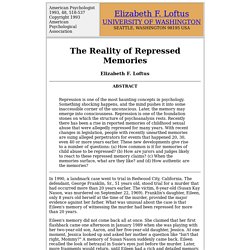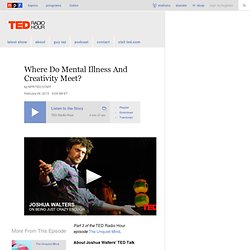

File:Plutchik-wheel.svg. Cancel Edit Delete Preview revert Text of the note (may include Wiki markup) Could not save your note (edit conflict or other problem).

Please copy the text in the edit box below and insert it manually by editing this page. Upon submitting the note will be published multi-licensed under the terms of the CC-BY-SA-3.0 license and of the GFDL, versions 1.2, 1.3, or any later version. See our terms of use for more details. Add a note Draw a rectangle onto the image above (press the left mouse button, then drag and release). Save To modify annotations, your browser needs to have the XMLHttpRequest object. [[MediaWiki talk:Gadget-ImageAnnotator.js|Adding image note]]$1 [[MediaWiki talk:Gadget-ImageAnnotator.js|Changing image note]]$1 [[MediaWiki talk:Gadget-ImageAnnotator.js|Removing image note]]$1.
Dan Pink: The puzzle of motivation. How truly amazing the human brain really is. How the Power of Positive Thinking Won Scientific Credibility - Hans Villarica - Health. Psychologist Michael F.

Scheier reflects on his groundbreaking 1985 research, which provided the scientific framework for exploring the real power of optimism. In just the last year, hundreds of academic papers have been published studying the health effects of expecting good things to happen, which researchers call "dispositional optimism. " They've linked this positive outlook on life to everything from decreased feelings of loneliness to increased pain tolerance. Oddly enough, three decades ago, the outlook for research on optimism didn't look very good. But then, in 1985, Michael F. In the Q&A below, Scheier reflects on his influential work with Carver and shares how their humble study on human motivation ultimately inspired countless studies on mind-body interactions.
How did the research come about? Chuck Carver from the University of Miami and I were doing research on human motivation. The psychology of gullibility. Wo years ago, 14-year-old Nathan Zohner, a student at Eagle Rock Junior High in Idaho Falls, announced on the Internet that he had circulated a petition demanding strict control of a chemical known as dihydrogen monoxide. This substance, he wrote, caused excessive sweating and vomiting, can be lethal if accidentally inhaled, contributes to erosion, and has been found in tumors of cancer patients. The student asked 50 people whether they supported the ban.
Forty-three said yes, six were undecided, and only one knew that dihydrogen monoxide was... water. While embracing a ban on H2O seems more foolish than dangerous, this anecdote shows how quickly people embrace some kinds of ideas without subjecting them to critical scrutiny. It is easy to dismiss these ideas as amusing and eccentric, but in some situations they pose concrete dangers to individuals; they occasionally even affect society. In some cases, contradictory evidence can even strengthen the belief. Dr. Conformity. The pressure to conform affects everyone.

Understanding how and when puts you one step ahead of the pack. Conformity is such a strong influence in society that it’s impossible to understand human behaviour without it. Psychological experiments show that people will deny the evidence of their own eyes in order to conform with other people. But as Professor John C. Turner says conformity is not always the norm: “Anyone who looks outside the window at daily events around the globe will find that [...] resistance, conflict and change are as normal as the sun rising.”
Understanding when we conform has all kinds of practical real-world benefits, depending on your aims: it can help you understand your own behaviour as well as understand how others will behave under a variety of different situational pressures. The Reality of Repressed Memories. In 1990, a landmark case went to trial in Redwood City, California.

The defendant, George Franklin, Sr., 51 years old, stood trial for a murder that had occurred more than 20 years earlier. The victim, 8-year-old (Susan Kay Nason, was murdered on September 22, 1969). Franklin's daughter, Eileen, only 8 years old herself at the time of the murder, provided the major evidence against her father. What was unusual about the case is that Eileen's memory of witnessing the murder had been repressed for more than 20 years.
Eileen's memory did not come back all at once. Eileen's memory report was believed by her therapist, by several members of her family, and by the San Mateo County district attorney's office, which chose to prosecute her father. Eileen's detailed and confident memory impressed a number of people. On the other hand, the clinical anecdotes and the loose theory used to explain them remain unconvincing to some psychotherapists and to many laboratory researchers. Popular Articles. Where Do Mental Illness And Creativity Meet? Hide caption"Everyone is just a little bit mad.

How much depends on where you fall in the spectrum. How much depends on how lucky you are. " — Joshua Walters James Duncan Davidson/TED "Everyone is just a little bit mad. How much depends on where you fall in the spectrum. Part 3 of the TED Radio Hour episode The Unquiet Mind.